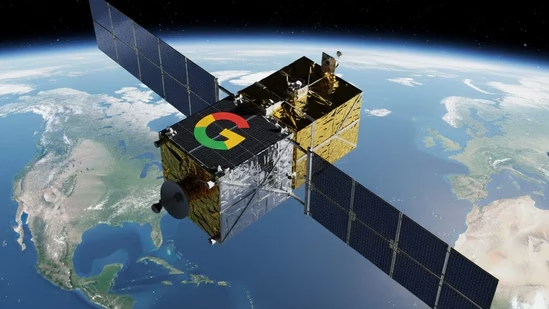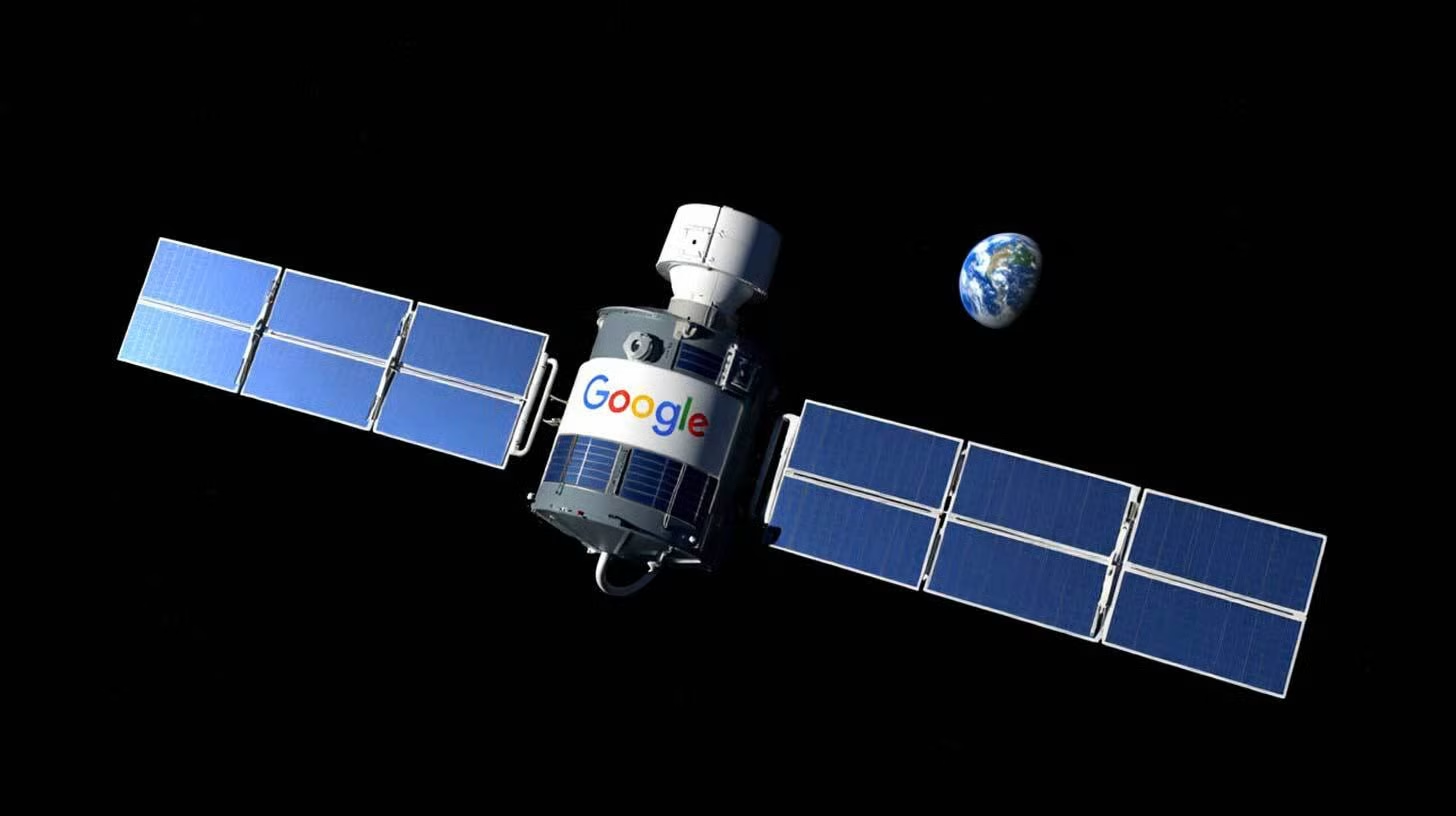Google has revealed Project Suncatcher, a bold initiative to launch AI data centers into orbit—tapping the endless power of the sun to fuel the next generation of artificial intelligence.
In collaboration with Planet Labs, a satellite operator, Google aims to experiment with whether high-performance computing can exist outside Earth. The project imagines clusters of small satellites in low-Earth orbit, each with Google’s custom TPUs aboard and powered by near-constant sunlight.
Launches of the first two prototype satellites are planned to occur by early 2027, the beginning of what Google is promoting as “orbital-scale computing.”
This announcement comes after China announced another space age project to construct power stations in space that would tap the suns energy. Space-based solar power stations can collect energy from the sun while in the earth’s orbit and transmit to the surface.
A new frontier for AI infrastructure
Project Suncatcher is designed to tackle one of AI’s biggest problems: energy. Global demand for computing power has surged alongside large-scale model training, putting pressure on terrestrial data centers that already consume vast amounts of electricity and water for cooling.
By moving hardware into space, Google hopes to take advantage of abundant solar energy in space, away from Earth’s cooling and land constraints. The satellites would operate in a dawn-dusk sun-synchronous orbit where sunlight is almost constant.
“Space offers unique advantages for sustainable high-density compute,” Google engineers wrote in a blog post announcing the effort. “With uninterrupted solar energy and no need for water cooling, orbital computing could expand what’s possible for AI training.”
Google’s Project Suncatcher: How it would work
Rather than a single giant platform, Suncatcher depends on clusters of small satellites flying in tight formation-forming what Google refers to as “compute constellations.” The spacecraft would communicate using laser-based optical links, achieving data-transfer speeds in the terabits per second range.
A conceptual design described in a Google technical paper envisages an 81-satellite cluster, stretching over about a kilometer, as an orbiting data-center array. Every satellite’s TPU units would collaborate to process workloads in a way similar to terrestrial cloud clusters today.
Challenges ahead
Indeed, the ambitions of the project come with significant hurdles. Radiation in orbit can damage memory chips, and dissipating heat in a vacuum is far more complex than on Earth. Maintaining precise satellite formations for optical interlinks will also require continuous station-keeping.
Equally daunting are the economics: Google estimates orbital compute could become viable only when launch costs fall below $200 per kilogram, a threshold that may not be reached until the 2030s. Still, analysts say the potential payoff justifies the experiment.
“If orbital computing works, it could redefine how the cloud scales,” says one industry observer. “It’s a moonshot—but that’s exactly what Google’s X division is known for.”
The bigger picture
Google’s project Suncatcher underscores how tech giants are reimagining data infrastructure amid the AI boom. While its realization remains years away, the concept pushes the boundaries of both space technology and machine learning.
Whether Suncatcher becomes the next frontier of cloud computing or remains a futuristic experiment, it signals one thing clearly: Google’s ambitions for AI now extend far beyond Earth.
Google has also been ramping up its data center construction across the United States, with recent projects including a $4 billion AI data center in West Memphis powered by Entergy Arkansas and a $9 billion expansion of its South Carolina data center infrastructure. The tech company’s latest investment also targets a new data center on Christmas Island, a remote Australian outpost in the Indian Ocean home to the famous red crab migration. Project Suncatcher still marks a completely different approach, taking Google’s computing ambitions beyond Earth.

Project Suncatcher: AI Data Centers in Orbit
Overview
Google initiative to deploy AI computing infrastructure in space using satellite clusters powered by solar energy
Partner: Planet Labs
Timeline: First prototypes launch early 2027
Objective: Orbital-scale computing for AI workloads
Key Drivers
Energy demand: Reduce terrestrial power/water consumption for AI training
Solar abundance: Near-continuous sunlight in sun-synchronous orbit
Scalability: Escape Earth’s cooling and land constraints
Technical Approach
Architecture: Small satellite clusters (“compute constellations”) in tight formation
Hardware: Google Tensor Processing Units (TPUs) per satellite
Connectivity: Terabit-speed laser optical links between satellites
Scale concept: 81-satellite cluster spanning ~1km
Major Challenges
Radiation damage to memory chips
Heat dissipation in vacuum environment
Precision formation flying for optical links
Economics: Requires launch costs below $200/kg (projected 2030s+)
Significance
Experimental approach to sustainable AI infrastructure at cloud scale—outcomes uncertain but represents significant strategic bet on space-based computing.

